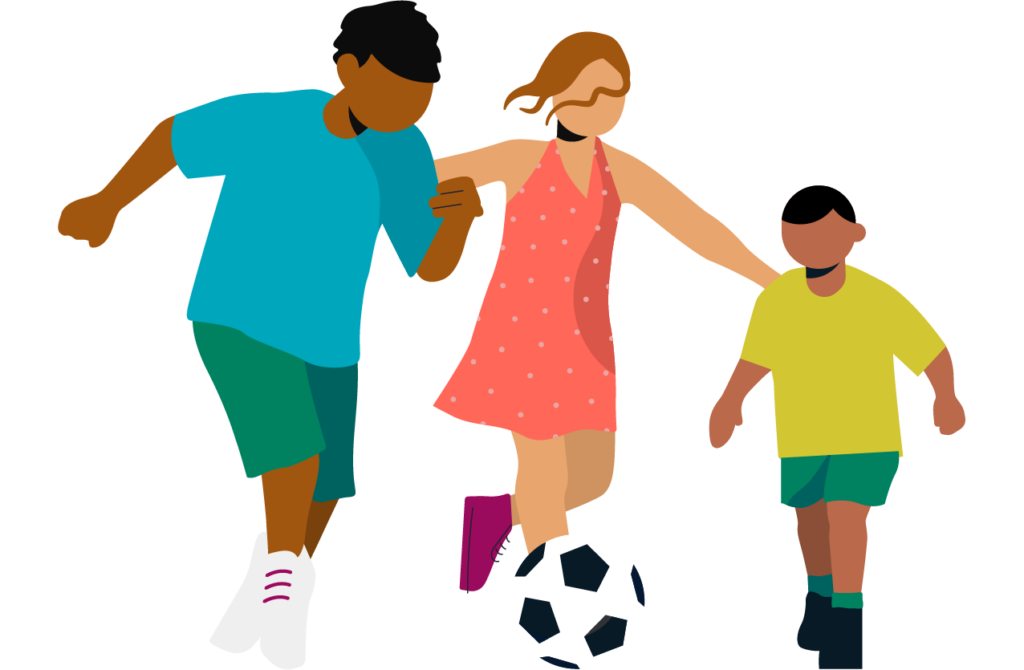Body awareness in PE - tips and advice
These activities have been put together to practise and improve co-ordination skills and body awareness. These skills are needed to navigate around the environment and help us to be more successful when learning a new skill.
They can be carried out in any order and should ideally be practised approximately three times
week for 10-15 minutes. They could also be incorporated into PE lessons.
- Body scheme songs e.g. ‘Heads, shoulders, knees and toes’. ‘This little piggy’, etc.
- Use of rhythm e.g. march around the room to the beat of a metronome.
- Dress-up games.
- Simon says – can be played with eyes open and closed.
- Follow the leader.
- Follow a sequence of simple instructions, point to body parts, touch named body parts, or
tighten and relax named body part – (can be done with eyes open or closed, or lying on the
floor). - Puzzles of people, animals, and objects etc. which show the functional portions of the body.
- Twister.
- Obstacle games – moving around, over, under, towards, through etc.
- Move around the room in different ways e.g. crab walk, bunny hops, wiggly worm.
- Roll in different ways e.g. forwards, backwards, sideways on different materials of different
textures. - Water activities, swimming.
- Encourage your child to carry heavy things (within reason for size) e.g. ask them to help
carry in the shopping, carry small but heavy boxes. - Pantomime i.e. acting out character actions of a particular occupation e.g. driving a bus.
- Life size drawings – draw around the child’s body while lying on the floor on top of a large
piece of paper. Ask the child to identify different body parts as you draw them. - Mirror game – stand facing a partner and copy their exact movements.
- Star jumps – Child to complete star jumps. Begin with legs only. Once achieved, bring arms
in. If struggling, complete slowly, prompting the child to stand tall like a soldier, then jump
out like a star. Continue slowly. - Encourage engagement in fun fit programme.
Other strategies
- Alternate centres of work e.g. where the child can stand, kneel, or lie prone (expect at least 5
mins. in each position). - It is important to select activities that the child will not totally fail at as this will help to improve
the child’s self-image as well as their skills.
